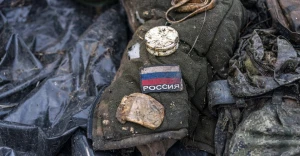
Weapons from the allies to strengthen the Armed Forces of Ukraine: from UAVs to tanks, MLRS and aircrafts
Since the beginning of the full-scale war with the Russian Federation, the Armed Forces of Ukraine (the AFU) have received various advanced weapons and military equipment, both as part of free aid and on a contract basis with foreign companies. The process of the AFU re-equipment with NATO weapons has finally begun. The Ukrainian military is mastering modern artillery systems, anti-aircraft systems and MLRS. However, it is still too early to record a complete rejection of Soviet weapons
Artillery. NATO caliber and destructive HIMARS
Long-range conventional and rocket artillery currently remains one of the topical issues for the AFU. The latest samples of artillery weapons have repeatedly demonstrated their effectiveness on the battlefield. A vivid example is the American HIMARS MLRS, with dozens of enemy ammo depots and other targets destroyed in less than a month.
However, the pace of delivery of these advanced MLRS to the Armed Forces remains extremely insufficient. Currently, our military has eight units of HIMARS MLRS and one M270 MLRS, with four more HIMARS MLRS and eight M270 MLRS still in the pipeline. By the beginning of August, the total number of these high-precision MLRS received by the AFU should be 21 units, with a real need for dozens, if not hundreds, of such systems.
In the context of MLRS, it is worth mentioning other, less modern, but also needed systems handed over to us by the allies — the Soviet BM-21 "Grad" from Poland and the improved RM-70 MLRS from the Czech Republic, which successfully destroy the occupiers.
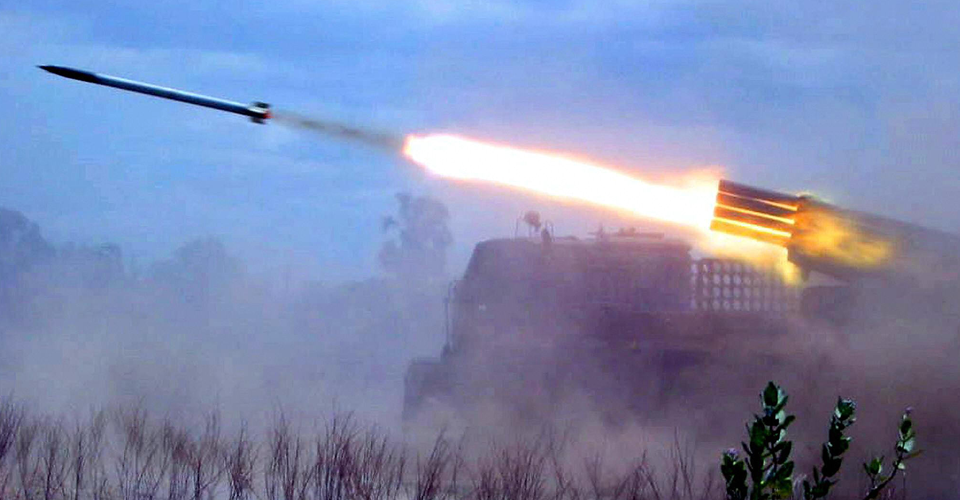
The Czech RM-70 4D MLRS in use by AFU on the battlefield
The situation is slightly better with the supply of the modern 155-mm artillery systems. We are talking not about dozens, but hundreds of samples that our military has received or will receive in the near future. These are both towed howitzers (more than 135 M777 units from the USA, Australia and Canada, as well as an unspecified number of FH70 howitzers from Italy and Estonia), and the state-of-the-art self-propelled artillery installations:
-
8 SpGH Zuzana from Slovakia (to be delivered);
-
10 unnamed self-propelled guns from Great Britain (the transfer of artillery was announced by Prime Minister Boris Johnson);
-
18 PzH 2000, 12 out of 18 already received by the AFU (seven from Germany and five from the Netherlands), six more (three from each country) are to be delivered in the near future;
-
18 CAESARs from France, 12 out of 18 already received by the AFU, the delivery of six more units was announced by French President Emmanuel Macron;
-
18 Krabs from Poland (a contract signed for 54 self-propelled guns);
-
22 M109A3 self-propelled guns from Norway.

Ukrainian gunners note the high efficiency of 155-mm "NATO" self-propelled guns in comparison with Soviet samples
The supply of artillery systems of smaller calibers is of great importance as well. These are, in particular, light 105-mm howitzers L118, Soviet 152-mm howitzers D-30 from Estonia and 122-mm self-propelled guns 2S1 Gvozdika from Poland (20 units), as well as 152-mm self-propelled guns ShKH vz. 77 DANA from the Czech Republic (20 units).
Taking into account the trophy systems and supplies from the allies, since the beginning of the full-scale war with Russia, the AFU have replenished their reserves with more than three hundred towed and self-propelled artillery systems, though this number is not enough even to achieve parity with the enemy — the process of supplying Ukraine with modern self-propelled guns, MLRS and ammunition should be gaining momentum.
No armored vehicles, no offensive
Tanks and other "armor" are of the same importance for AFU as artillery. For all that, the supply of tanks is still limited to the Soviet models, stored in the allies’ depots. In particular, our military has received 240 units of T-72M1 from Poland and several dozens of such tanks from the Czech Republic.
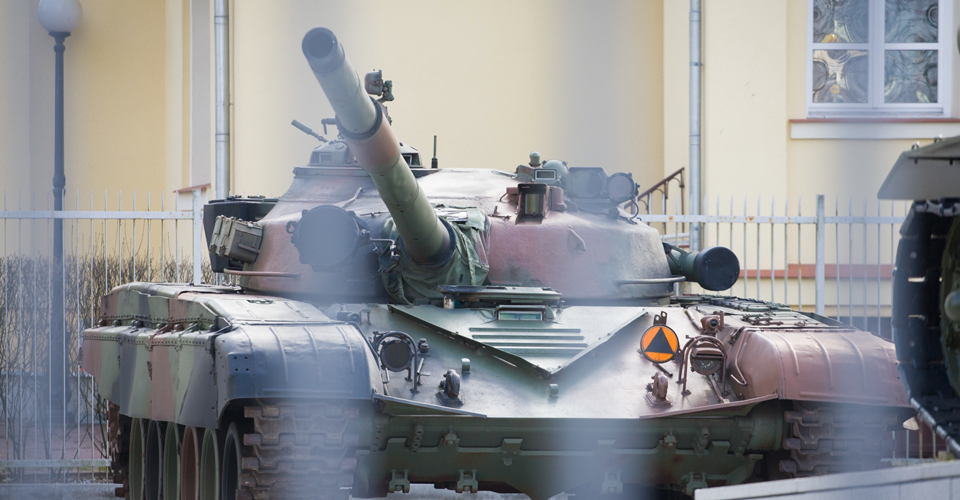
Polish T-72s already helping the Armed Forces to destroy the occupiers
The supply of Soviet tanks from other countries is complicated due to the "ring exchange" principle preferred by the allies, when in exchange for the outdated equipment given to the AFU, the country receives more modern weapons. For example, in June, such an exchange between Slovakia and Germany fell through, as the governments failed to reach an agreement on the supply of T-72 tanks to the AFU in exchange for the German Leopard 2 tanks.
Meanwhile, in July, the issue of the Leopard 2A4 tanks transfer to Ukraine became topical. Spanish Defense Minister Margarita Robles noted that they are ready to consider providing the Ukrainian military with 10 Leopard 2A4 tanks and 20 tracked armored personnel carriers M113 from their storage depots, provided the EU pays for the repair and restoration of these armored vehicles.

Spanish Leopard 2A4 tank, photo: gettyimages
If the EU and Spain agree to supply Leopard tanks to Ukraine, we will receive them only at the end of 2022
Light armored vehicles is the rest of the promised aid. These are M113 armored personnel carriers from the USA (200 units), Denmark (50 units) and Australia (14 units), FV103 Spartan tracked armored personnel carriers from Great Britain (35 units) and Piranha III wheeled armored personnel carriers from Denmark (25 units), several dozen BMP-1 from Poland and dozens of BMP-1 from the Czech Republic, up to a hundred HMMWV armored vehicles from the USA, more than 20 units of Bushmaster armored vehicles from Australia, Mastiff and Wolfhound armored vehicles from Great Britain (a total of 80 units), as well as a number of armored vehicles from Canada and Spain.
Advanced weapons to protect the sky and the sea
Strengthening the Armed Forces with new anti-ship complexes is not a pressing task. We do need more anti-ship missiles and launchers allowing us to destroy the ships of the invaders at a distance of more than 200 km. However, thanks to the successful actions of the AFU, in particular on Snake Island, the risks of the Russian forces landing near Odesa have been minimized, whereas the flight range of the Kalibr cruise missiles allows the occupiers to keep their ships out of the anti-ship missiles range.
In other words, the anti-ship Neptune complexes (range up to 280 km) and Harpoon (up to 150 km) in service with the AFU are enough to prevent the ships of the RF BSN from approaching our shores. Of course, with account of the Allies support in restocking anti-ship missiles and reinforcing with additional Harpoon launchers.
It is noteworthy that at the end of June, French Defense Minister Sébastien Lecornu said that they are considering transferring Exocet anti-ship missiles to Ukraine. In case we get this weapon, it will probably be a 75 km range version, which is half of the Harpoon range.
Meanwhile, we are in need of air defense systems (ADSs) and missile defense systems (MDSs). It should be noted here that the French have the SAMP-T anti-aircraft missile system. It is mobile and capable of intercepting ballistic targets, and in today's situation it would be much more useful for the AFU rather than any other anti-ship system. Given the chance to "exchange" the Exocet AShM for the SAMP-T, we should definitely grab it.
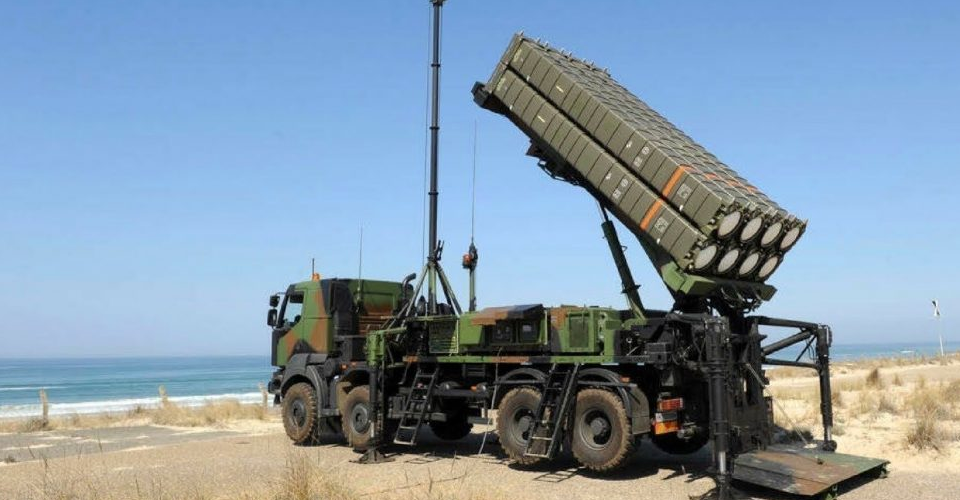
SAMP-T anti-aircraft missile complex
In general, today the air defense and anti-missile defense situation in Ukraine is the most complicated, compared to other types of weapons. Our military squeezes everything they can out of the old Soviet complexes, but this is not enough. Portable anti-aircraft missile complexes such as Stinger, Starstreak, Piorun also play their role in the war, remaining a serious deterrent for Russian aviation, but they will never replace full-fledged ADSs and MDSs.
Regarding the transfer of more advanced systems, the situation is as follows. At the beginning of April, it became officially known that the AFU received a battery of S-300 anti-aircraft missile systems from Slovakia. That same month, Great Britain decided to transfer its short-range Stormer HVM air defense systems, which is a self-propelled version of the StarStreak MANPADS. However, it is unknown whether our military has already received these complexes.
NASAMS anti-aircraft missile complex
After all, at the end of June, the US announced that it would strengthen Ukraine's air defense and anti-missile defense with a modern and effective NASAMS medium-range anti-aircraft missile system. At present, this is the best option for us to protect the sky from Russian missiles.
Separately it is worth mentioning about the efforts of Germany within the context of air defense and anti-missile defense. By the end of July, the country promised to deliver Gepard anti-aircraft tanks, and probably by the end of the year, the AUF should receive the latest medium-range IRIS-T SLM air defense system from the German defense company Diehl Defense.

Unmanned and manned aviation
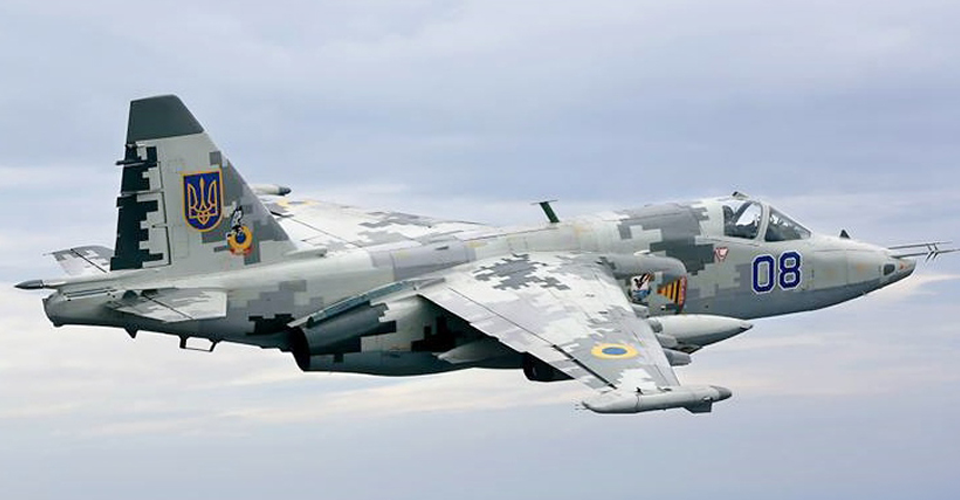
During the first month of the full-scale war, Russian propagandists, as they put it, destroyed all Ukrainian Bayraktars TB2 and downed dozens of our Su-25 aircrafts. For all the hypocrisy, both manned and unmanned Ukrainian aviation continues to work.
Russian propaganda media claim to have shot down more than 70 Ukrainian Su-25 strike-fighters, with the AFU having only 30.
The situation with UAVs is quite stable. There is always not enough of them. Our volunteers massively supply drones to the military, covering the needs of certain units, some drones are purchased by the Ministry of Defense of Ukraine, others are provided by the allies. As an example, the Armed Forces received Heidrun reconnaissance UAVs from Denmark (25 units), RQ-20 Puma tactical reconnaissance UAVs, Switchblade barrage ammunition (700 units) and Phoenix Ghost barrage ammunition (121 units), created specially for the AFU, from the USA.
Bayraktars in service with the Armed Forces of Ukraine
Bayraktar TB2 is in the limelight now. The UAV played a crucial role in the liberation of Snake Island and temporarily stopped the advance of the enemy in Kyiv and Chernihiv regions by hitting enemy echelons with fuel. The total number of the drones in service with the AFU, taking into account the losses, is classified, but recently the Minister of Defense of Ukraine, Oleksii Reznikov, announced that since the beginning of the full-scale invasion, the AFU have received up to 50 Bayraktar TB2 reconnaissance and strike UAVs.
The situation with manned aviation remains uncertain. The Ukrainian Air Force received Afghan Mi-17 helicopters from the USA (20 units), Mi-24B from the Czech Republic (unspecified number), Mi-17 and Mi-8 from Slovakia (four and one, respectively). In addition, Slovakia promised to hand over its MiG-29s to us (it has nine MiG-29AS and two MiG-29UBS in service).
To dominate in the sky, the Ukrainian Air Force needs to have modernized jets, surpassing the Russian Su-35S or MiG-35. Therefore, Ukraine is now actively promoting the idea of re-equipping the Air Force with modern American aircrafts, in particular F-15 and F-16, and in June two US congressmen (the Air Force veterans) introduced a bill on the training of Ukrainian crews on American aircrafts.
- News













